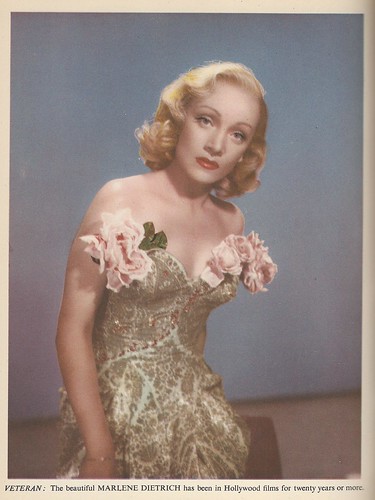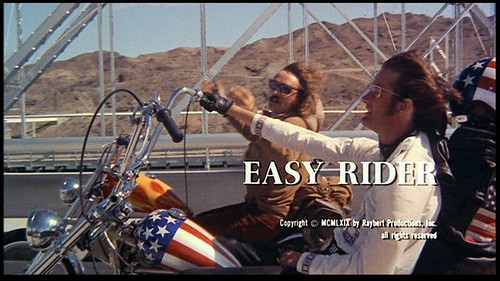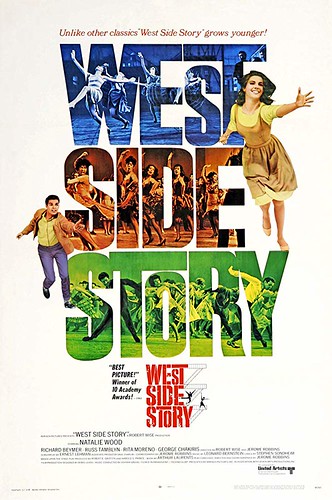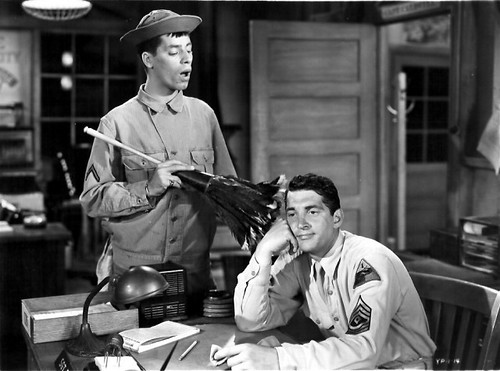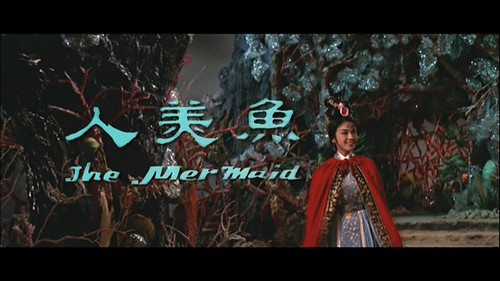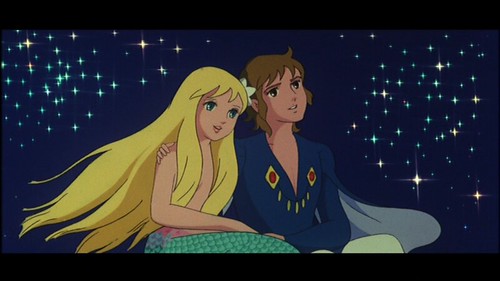Japanese actress and recording star Hibari Misora made a series of four musicals with two other singing stars, Chiemi Eri and Izumi Yukimura, who were known collectively as “Sannin Musume” (girl trio). I have previously written blog posts on the first three of these films, JANKEN MUSUME (1955), ROMANCE MUSUME (1956) and, their first in Tohoscope, ON WINGS OF LOVE (1957). To honor Misora on what would have been her 85th birthday, May 29, 2022, I’d like to finally cover the fourth musical they made together, HIBARI CHIEMI IZUMI SANNIN YOREBA, 1964. (Misora died in 1989). For the occasion, I’ve taken a review I wrote for IMDB and revised it with additional notes based on a new screening of it.
Deanna Durbin Centennial
4 DecDecember 4, 2021: Deanna Durbin would have turned 100 today. Here’s a link to a post I did earlier this year on her connection to Japan: Deanna Durbin and Her Japanese Fans. And the following is a post I did in 2013 on the occasion of her death at the age of 91.
Brian Camp's Film and Anime Blog
First Annette and now Deanna Durbin, who was, in a way, the Annette Funicello of the 1930s (but way more popular). According to the New York Times obituary of May 1, 2013, Ms. Durbin died “a few days ago.” (As of this writing, IMDB still doesn’t list a death date, presumably because it still doesn’t have one!) Legend has it that Deanna’s film musicals, filled with youthful exuberance and musical cheer, starting with THREE SMART GIRLS (1936) and 100 MEN AND A GIRL (1937), were so popular they saved Universal Pictures from bankruptcy and kept the studio solvent until Abbott and Costello came along in the 1940s. (Deanna and Annette connection: both co-starred in movies with Robert Cummings.)

Deanna Durbin (born Dec. 4, 1921) was one of the few major Hollywood stars to turn her back on the industry and walk away from it and live happily ever after. She moved…
View original post 4,337 more words
“Picture Parade” – The Films of 1949
6 OctOnce upon a time I purchased a used book entitled Peter Noble’s Picture Parade. It turned out to be from the U.K. and was one of an annual series of pictorial books in which English film critic Peter Noble covered the year’s releases, concentrating mostly on Hollywood and British films. The volume I have is from 1949, 70 years ago, and features a mix of movie star head shots and scenes from different films that premiered in England in 1949, some of which are older Hollywood films, with brief captions. While most of the illustrations are in black-and-white, there are a good number of color pages and I was struck by how beautiful the color shots were despite being printed on ordinary book paper, rather than glossy pages. There are many obscure films and stars highlighted, but most of the Hollywood stars featured in the color shots are generally still well-known and embraced by film buffs and TCM viewers today, like Marlene Dietrich:
The Cinematic Landscape of 1969: A Film Buff’s Coming of Age
28 Aug
I’d been planning a piece about the films of 1969, but I decided to wait until I’d seen Quentin Tarantino’s ONCE UPON A TIME…IN HOLLYWOOD before finalizing my approach to it. I was curious to see what films from that period would be referenced and how that contrasted with my own experience at the movies that year. I was glad to see posters and marquees in the film highlighting films I’d seen back then, but his film takes place mostly on two weekends in 1969, one in February and one in August, so there was a limit to the references he could make. Besides, most of the film’s recreated production scenes focused on TV shows of the time, most of which I didn’t see because my household didn’t have a TV set for that entire year. More on OUATIH later.
For me, 1969 was the year I got an after-school job and was able to go to many more movies than I previously could on my meager allowance. It was also the year I started seeing movies in Manhattan by myself, usually in Times Square near my high school, the High School of Performing Arts (the “Fame” school).
WEST SIDE STORY: A Look Back
15 OctThe recent centennials of Leonard Bernstein (August 25) and Jerome Robbins (October 11), composer and choreographer/co-director, respectively, of WEST SIDE STORY (1961), and the press coverage of Steven Spielberg’s planned remake compelled me to dig out my file of b&w stills from a press kit for a late 1960s reissue of the film that I’d acquired in 1969 from United Artists. I scanned them all and am posting them here along with color stills found on IMDB and screen grabs from the DVD. I’m fascinated by the way publicity stills, staged for the still camera and not taken during the actual shooting of a scene, offer an alternate version of the film or images that can seem like deleted scenes.

Dean Martin Centennial
7 Jun
Dean Martin would have turned 100 today, June 7, 2017. (He died on Christmas Day, 1995.) Martin was initially world-famous as the singing comedy partner of Jerry Lewis in an act that had extraordinary success on stage, in clubs, on TV and in the movies before it broke up in 1956 after escalating tensions between the two finally exploded. Martin went on to a successful solo career singing, recording, acting and teaming up with Frank Sinatra and other performers to make up what has affectionately been called “the Rat Pack.” I don’t recall what my first exposure to Martin was, although I’m sure I saw him on a TV variety show before seeing my first Martin movie, AT WAR WITH THE ARMY (1950), his third movie with Jerry Lewis, at summer camp in 1963.
From Hong Kong and Japan: THE MERMAID (1965) and THE LITTLE MERMAID (1975)
23 FebTwo of the loveliest films I’ve seen in a long time are THE MERMAID (1965, Hong Kong) and THE LITTLE MERMAID (1975, Japan), which I watched a day apart. It was my very first viewing of THE MERMAID, a Shaw Bros. Huangmei Opera, while I’d previously seen THE LITTLE MERMAID, a Japanese animated film, only in a poor-quality, severely cropped English dub on VHS. Seeing the widescreen version on DVD, in Japanese with English subtitles, was like seeing it for the first time. The two films have some elements in common, although I’m not sure if the Hong Kong film was inspired by the Hans Christian Andersen tale or by a much older Chinese folk tale. I’m guessing that the screenwriter drew on elements of both. The title mermaid in the Hong Kong film is not, technically, a mermaid as we’ve come to know this creature. Instead, she’s the spirit of a golden carp, a fish living in the pond adjacent to a garden in a Prime Minister’s villa in Old China. The carp takes on full human form, while retaining her magical powers, in order to console a poor scholar who’s been shunned by the family of the maiden to whom he was betrothed. The animated Japanese film is a direct adaptation of Andersen’s tale about a mermaid who trades in her fish tail for a pair of legs in order to live on land and try to win the favor of a prince and was made in 1975 to commemorate the centennial of Andersen’s death. Unlike the later Disney adaptation of the same title (1989), the anime version retains the tragic ending of the original story.



